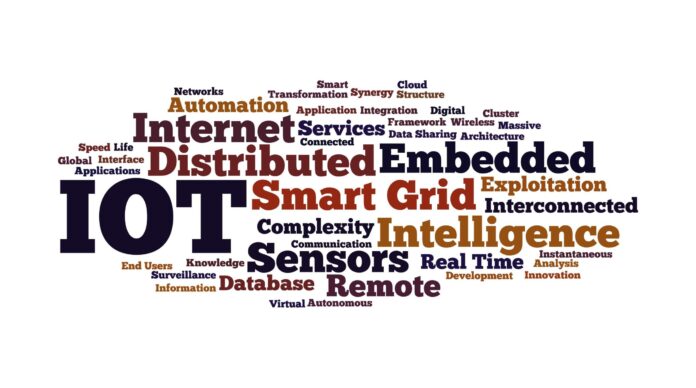WASHINGTON – The “Internet of Things” is set to be the next big thing in the wireless industry. In the words of Thomas Nicholls, EVP of communications for global IoT company Sigfox, IoT “provides a means to connect the physical world to the Internet.”
This connection can be everything from smart homes and cargo containers to tractors, traffic sensors and entire cities. IoT promises to make the world a more efficient, cleaner and safer place, and net trillions of dollars for companies that incorporate it into their business. However, an evolution in telecommunications networks supporting IoT optimization is a necessary next step.
Building the right network
While traditional wireless networks have been built into a range of one-size-fits-all options utilizing 2G, 3G, LTE and Wi-Fi with limited cross-system integration, IoT optimization means networks will need to be designed and built around the specifications of the IoT user. Those specifications will determine how the IoT network utilizes the various transmitting options at its disposal.
According to a 2015 Nokia White Paper, IoT optimization changes the “requirements for connectivity significantly, mainly with regards to long battery life, low device costs, low deployment costs, full coverage and support for a massive number of devices.”
One of the companies providing this new connectivity system is Sigfox. Nicholls told RCR Wireless News, “[The old systems] were all built around use cases that require high bandwidth multimedia data transmission. In order to enable connectivity of the physical world, we need something that is much simpler and cheaper.”
IoT optimization will prompt providers to examine ways of providing data quickly with as little drain on the sensors’ resources as possible.
Stay connected
An IoT platform, depending on scale, can be built to utilize one highly efficient, dedicated IoT network such as those provided by Sigfox, or can leverage any of the other telecom infrastructure including 2G, 3G, Wi-Fi, Bluetooth or LTE, based on where it is and the most effective way to transmit its information.
IoT cannot be designed as a one-size-fits-all system. As Chris Hare, head of The NTeTe Group said, “The only thing IoT isn’t is one-size-fits-all.”
The key to successful IoT optimization is the ability to always find a connection when one is needed. Some devices will need to stay “on” more than others; a factory robot sensor will need to be turned on eight hours a day at least, while a shipping container tracker might only need to send a ping once every 12 hours. When that ping needs to be made the sensor needs some way to transmit, otherwise its data isn’t uploaded and the entire purpose of IoT is defeated.
A variety of solutions
Offering customizable packages has long been a staple of the telecom industry. In order to secure success in the IoT optimization space, companies need to be able to deliver customizable IoT solutions with modular systems. IoT, like any business, is all about cost-effectiveness; it isn’t cost-effective for IoT providers to design the entire IoT hardware and software set from the ground up for each client.
Instead, companies will need to focus on making software easily customizable and hardware as modular as possible. AT&T, one of the leading American companies in the field of IoT, is currently working on that approach, looking to its existing network to find IoT solutions. In the smart cities arena, AT&T is applying a traffic management solution, which shows a macro view of the movement of people in a city throughout the day. All of those people have smartphones and many are AT&T customers whose phones are pinging towers. AT&T’s IoT optimization efforts include a global SIM, which the company unveiled in 2012. The global SIM utilizes global roaming to tap into the world’s existing telecom networks, providing cost control over roaming charges.
IoT and you
Because IoT is so ubiquitous and useful across so many different industries, IoT optimization is also a highly flexible and customizable concept. Ultimately, however, IoT optimization means using data to create the most effective, dependable and durable network of sensors, at the most cost-effective price with the hopes of leveraging the most useful data possible. With a potential market value in the trillions, companies like AT&T, IBM and Cisco are sinking substantial investment into their IoT businesses.

